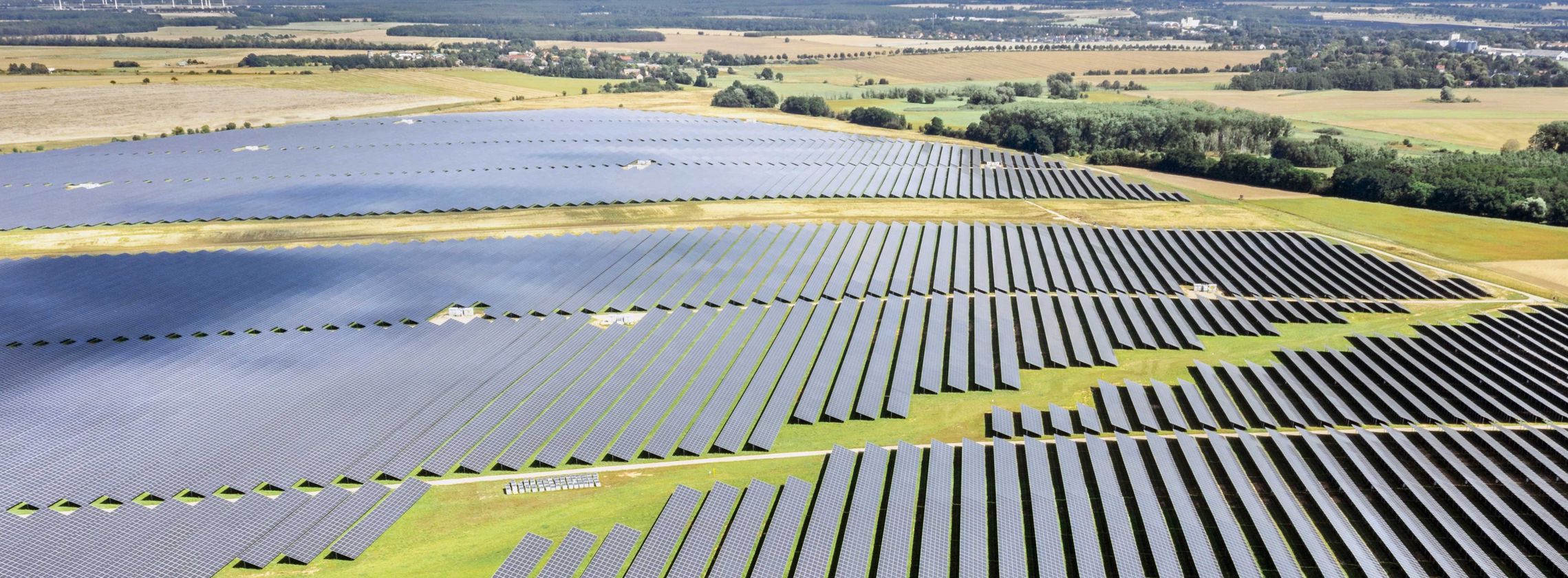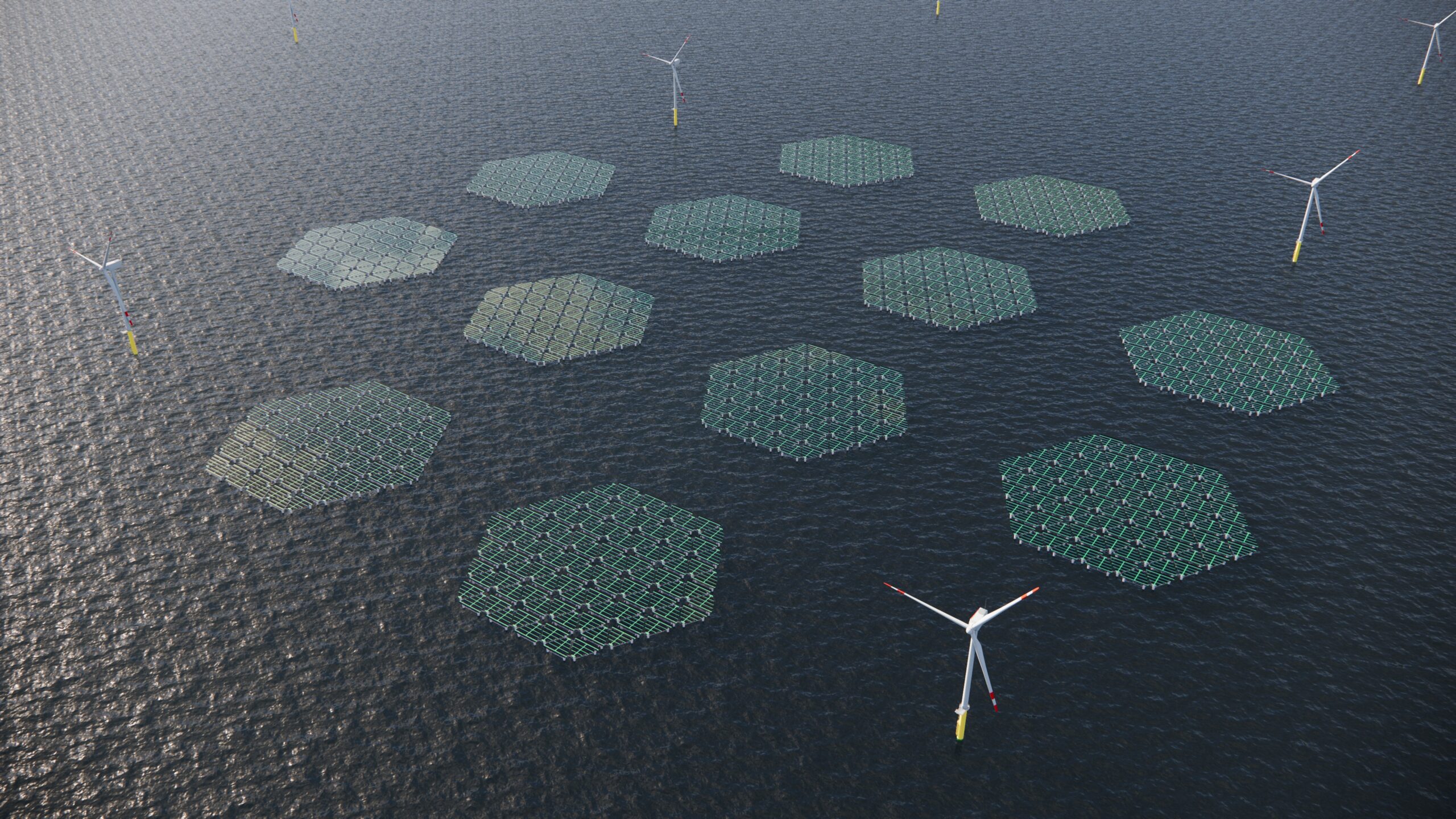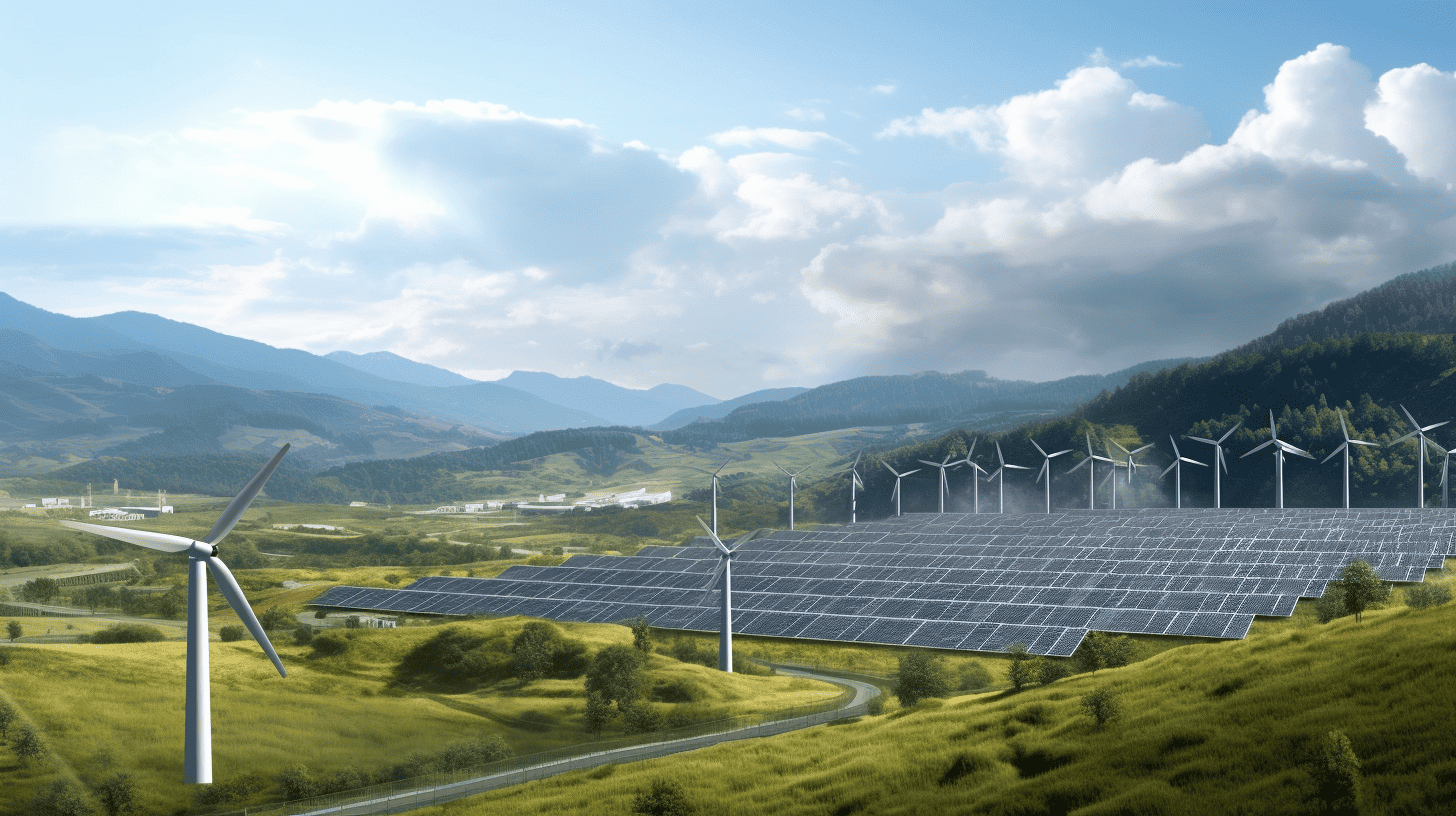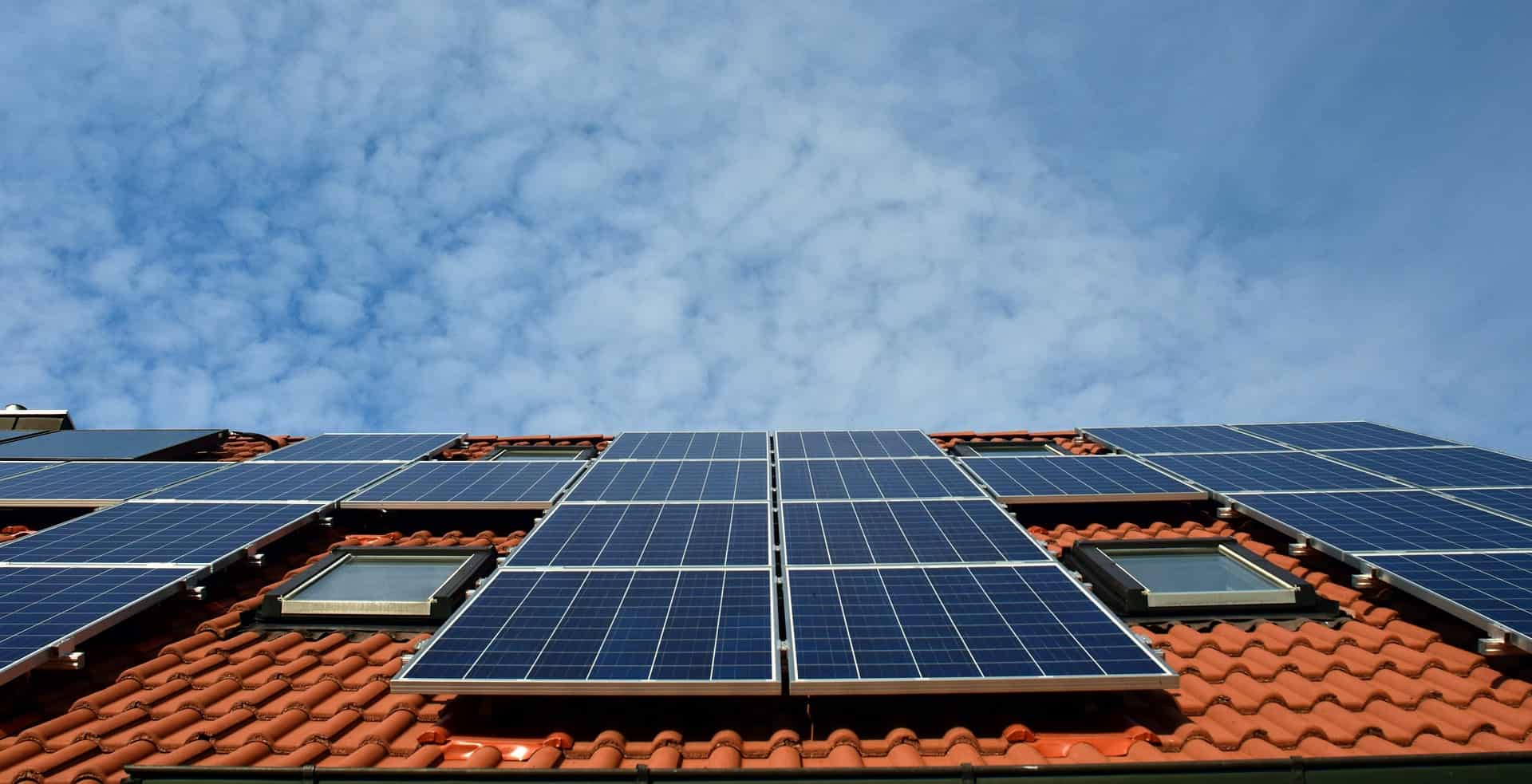
In a mere two decades solar went from the most expensive electricity source to the cheapest. It was used only by a few dedicated environmentalists and in remote off-grid locations. But today solar has become the cheapest source of electricity and its adoption is exceeding all expectations. What happened? Will solar become our primary source of power despite its weather-dependent nature?
Factors behind the rapid decline in solar energy costs
One of the main drivers behind the plummeting cost of solar energy is the 99% decrease in the cost of solar photovoltaic (PV) modules over the last four decades. Technological advancements, economies of scale, and government policies have all played a significant role in driving down solar PV costs. In addition, the cost of solar PV electricity generation is expected to fall by another 60% by 2040, making solar the most affordable electricity production method for most regions.
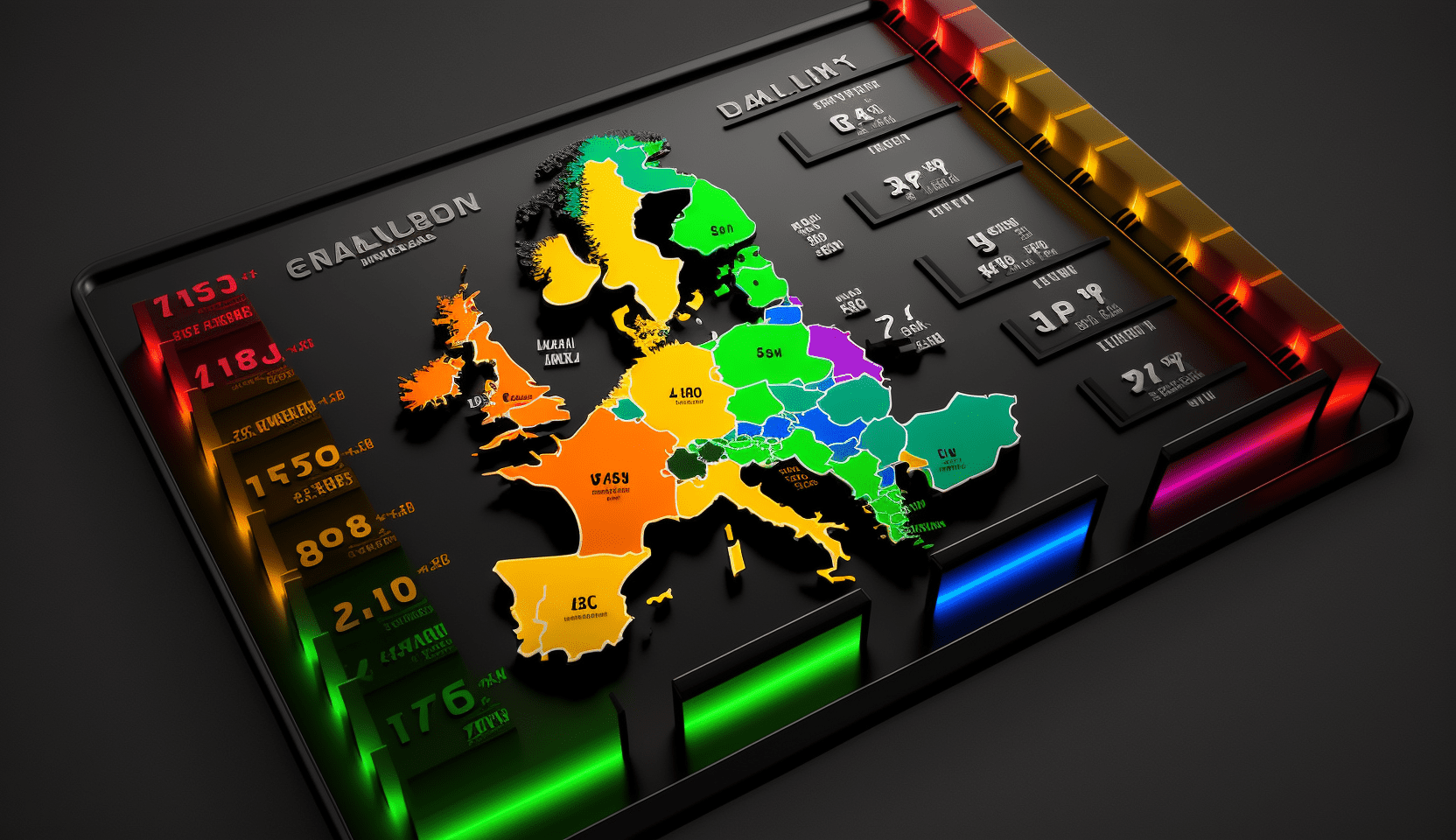
Research by MIT suggests that in the early years, research and development (R&D) were the dominant cost-reducing factors, improving solar devices and manufacturing methods. However, for the past decade, economies of scale have been the largest single factor contributing to the cost decline, as solar-cell and module manufacturing plants have grown in size. Government policies stimulating market growth accounted for about 60% of the overall cost decline, including renewable portfolio standards, feed-in tariffs, and various subsidies.
Underestimating the growth of solar energy
The growth of solar energy has consistently been underestimated, as analysts tend to extrapolate current trends, but falling solar PV costs and rising energy costs have driven up demand beyond those trends. Solar capacity additions reached 41.4 GW in 2022, totaling 209 GW, surpassing the pre-Russia Ukraine war forecast of 35.7 GW. Similarly, the cumulative solar capacity is expected to reach 400 GW by 2025 and 920 GW by 2030, 37% higher than the pre-war estimate of 672 GW.
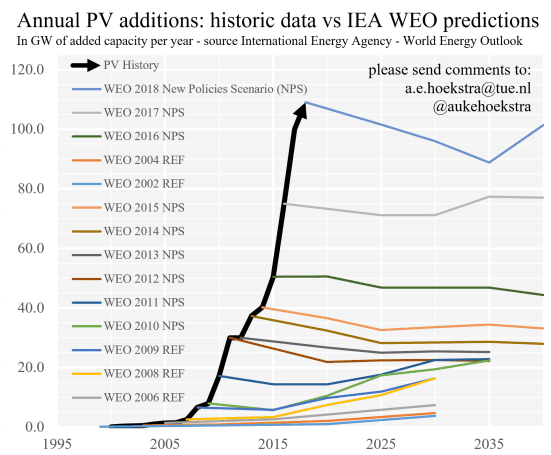
The high adoption of solar energy in the Asia Pacific region, driven by countries such as China, India, and Japan, has also played a role in the solar market’s rapid expansion. In Europe, the growth of solar power has been further accelerated due to the energy crisis and the Russia-Ukraine war, with member countries removing barriers to permits and accelerating the deployment of clean energy technologies.
Solar energy in comparison to other renewables
While wind energy has also experienced a decrease in costs, solar energy offers greater flexibility, as it can be installed on various scales, from small residential rooftop installations to massive solar power plants. Solar energy also allows for dual use of land, as demonstrated by France’s introduction of a law requiring larger parking lots to have a solar canopy.
Although hydro energy still holds a significant share of the renewable energy market, its share has dropped from 87% in 2000 to 34.5% in 2020, while wind energy’s share has increased from 4.9% to 36.6%. This shift in the renewable energy landscape highlights the increasing importance of solar energy in the transition to a sustainable energy system.
Challenges and future prospects
Despite the rapid growth and falling costs of solar energy, challenges such as grid integration, energy storage, and public perception remain. To ensure the continued success of solar power as a main energy source in the future, these challenges need to be addressed. Technological innovations, such as bifacial modules and floating solar panels, are expected to drive further growth in the solar energy market.
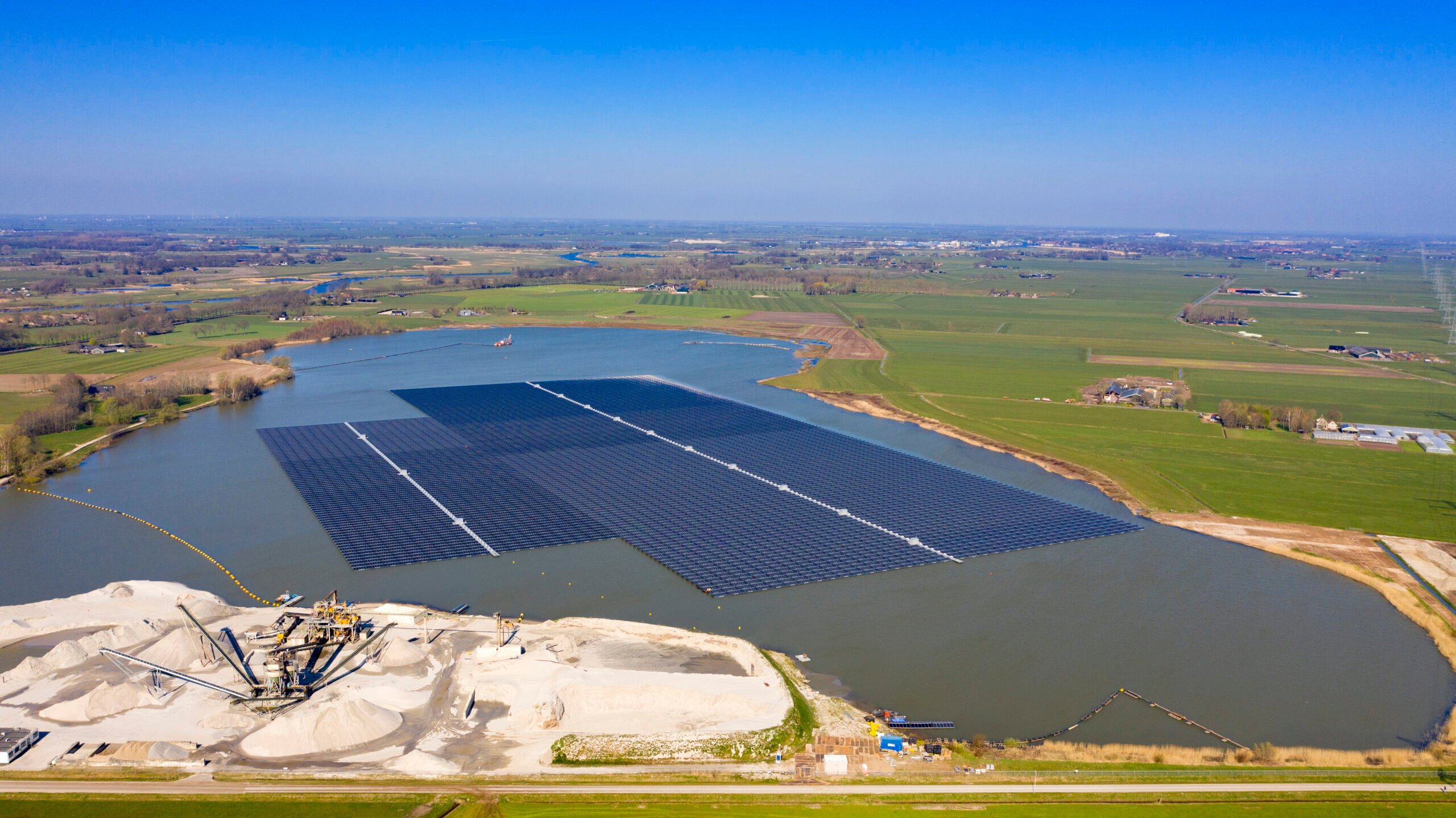
Moreover, emerging markets, such as India and Africa, present significant opportunities for the expansion of solar energy. As solar energy continues to become more affordable and accessible, it is increasingly likely that it will become a dominant energy source of the future, moving closer to the idea of being “too cheap to meter”.


